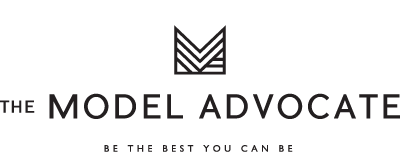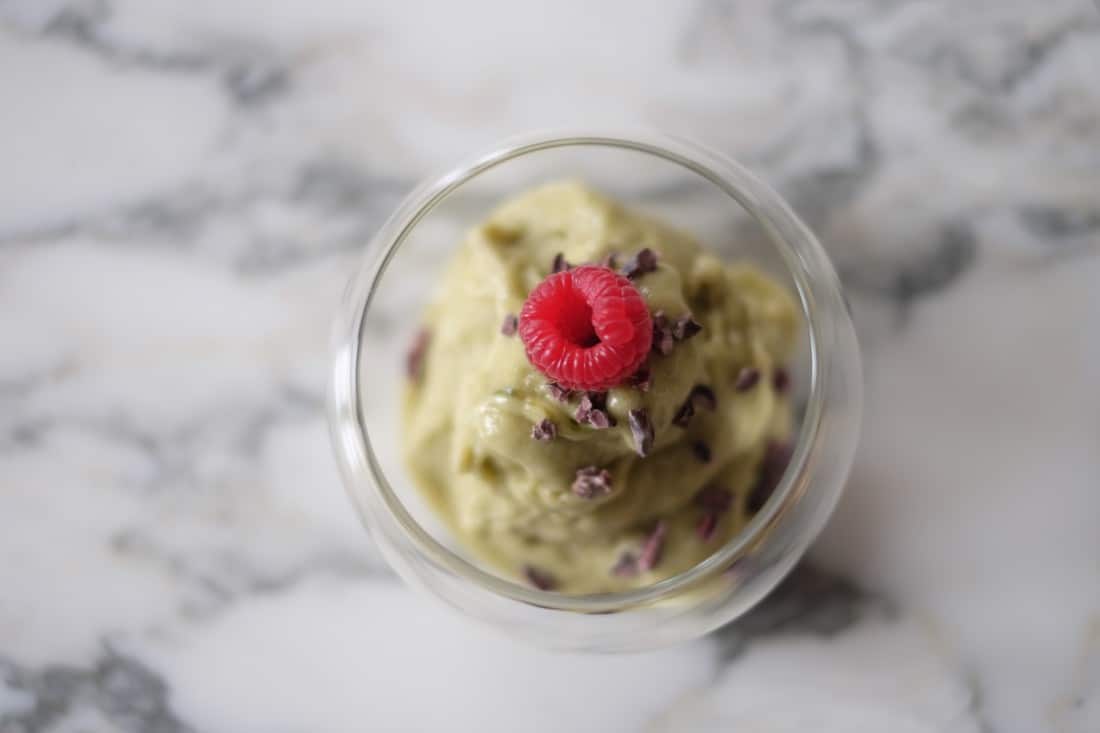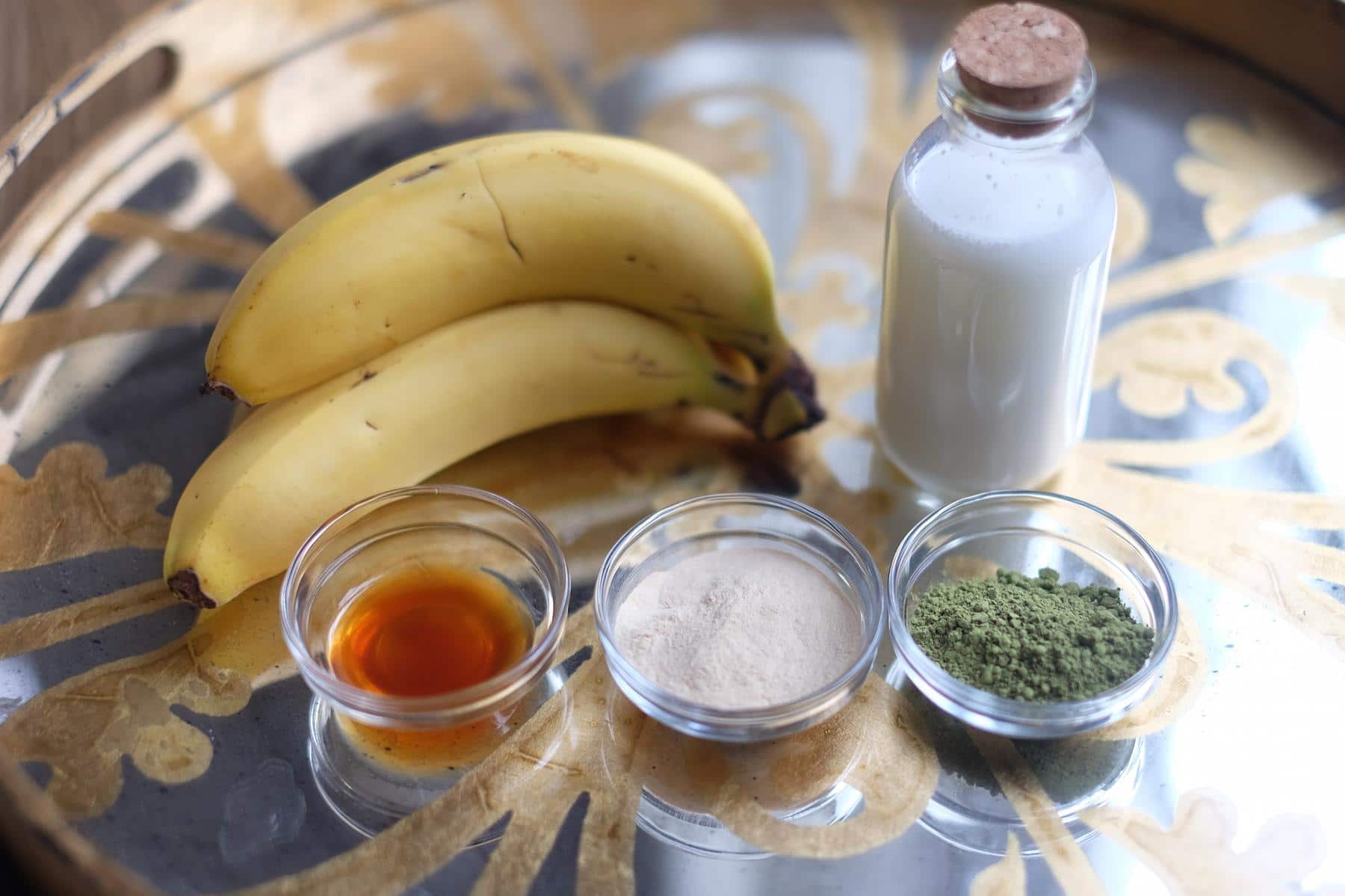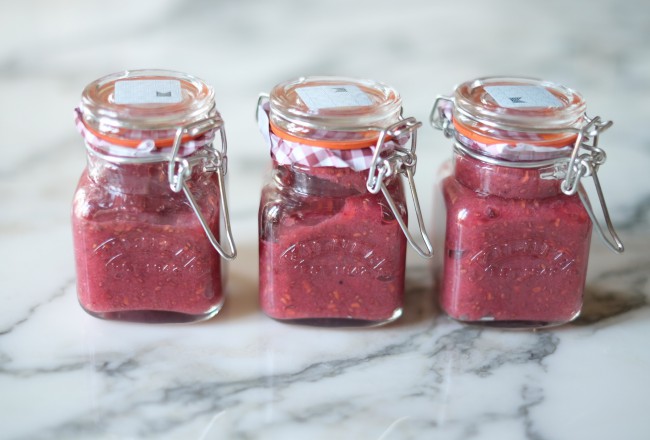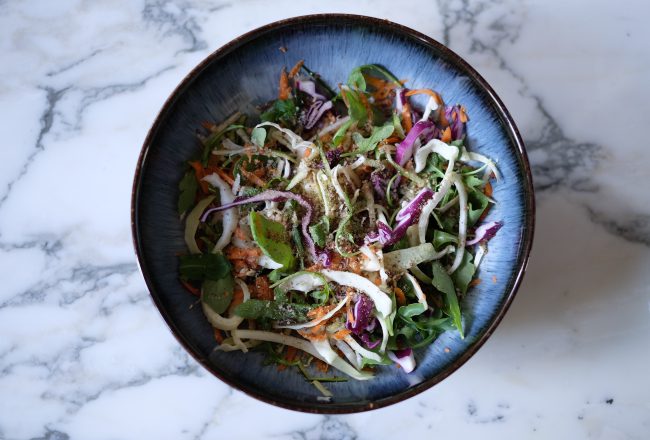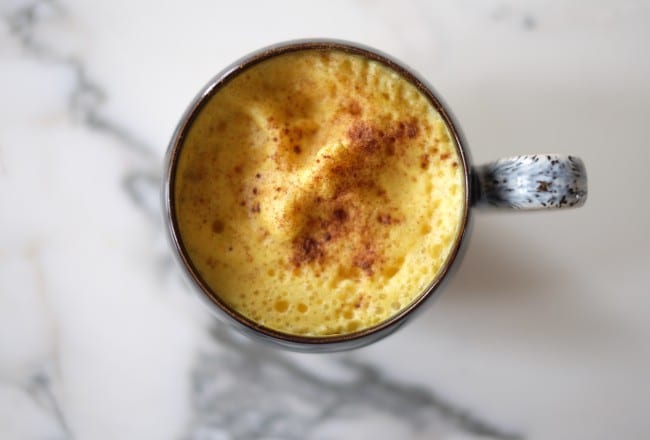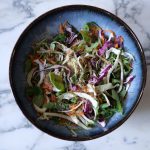Why dairy-free?
Dairy-free diets are pretty straightforward in what they entail: an avoidance of dairy products – milk, cheese, butter, yoghurt etc. But why do some people choose to avoid dairy and what are the pros and cons of doing so?
Some people avoid dairy on principle (e.g. vegans) or because they are of the belief that eating dairy isn’t natural and our bodies aren’t designed to digest it: we are the only other animal on the planet that consumes another animal’s milk. For others, they feel better eliminating dairy from their diet because they are intolerant or allergic to dairy products or because they feel it helps them to maintain a healthy weight.
Lactose intolerance?
Our ability to digest dairy properly depends on sufficient production of the enzyme lactase which is required to digest lactose – a type of sugar found in milk and other dairy products. When a person doesn’t produce enough lactase then their body is unable to fully break down lactose which means that lactose can’t be digested properly by the body. This results in lactose intolerance and symptoms of bloating, diarrhea, gas and stomach cramps within a few hours of dairy consumption. Most people with lactose intolerance do have some levels of lactase but just not optimum levels: this means they may be able to tolerate a small amount of dairy products. There are lots of lactose free products on the market. Lactofree is a particularly good lactose free brand: their milk tastes pretty much identical to normal cow’s milk, as vouched for by our children (the ultimate arbiters) when we tested it on them!
Cow’s milk protein intolerance or allergy?
An allergy or intolerance to cow’s milk protein occurs when the immune system reacts in a dysregulated fashion to one or both of the proteins (casein and whey) found in dairy products and may result in immediate (where there is an allergy) or delayed (where there is an intolerance) symptoms such as wheezing, rashes, eczema, vomiting, abdominal pain, bloating, blood in the stools, and diarrhea. Complete avoidance of dairy products is required in the case of a cow’s milk protein intolerance or allergy. Alternatives are discussed below.
Dairy and weight loss?
A lot of people believe that cutting out dairy will lead to weight loss and it’s true that e.g. cow’s milk has more calories than almond milk. But cutting down on dairy will not necessarily in itself be a miracle weight-loss cure (unless you are currently eating too much of it!!) without putting in place other weight management strategies and you’ll also be missing out on a great source of nutrition (see below) if you do cut it out completely. In fact, recent studies have linked increased consumption of dairy products with improved weight loss and have attributed this to higher intakes of calcium and vitamin D (both obtainable from dairy products). Any weight loss from increased dairy consumption revealed in these studies may be due to the high protein and fat content of dairy products which increases satiety. Whatever the mechanism, the link between dairy consumption and weight loss cannot be ignored.
However, if dairy does bloat you – and it does for many people – then cutting it out of your diet can help you feel slimmer and better even if you are not actually losing weight.
Dairy alternatives:
Almond milk: Good quality almond milk i.e. the stuff with a decent almond to milk ratio can be packed with fibre, antioxidants, vitamin E and give you all the monounsaturated goodness (that’s the fat associated with a reduced risk of heart disease) from the almonds. Almonds are a great source of calcium so we particularly recommend this type of milk where dairy products are being avoided because it’s important that dairy is being replaced with other calcium rich foods.
Cashew nut milk: Not only is cashew milk amazingly creamy it’s chock-full of nutrients – zinc, vitamin K, and has more magnesium than almonds. The benefits of making a nut-based milk like cashew or almond is that they’re so easy to make yourself, and that way they’ll be as unprocessed as possible and give you the most nutrients (Links to recipes below).
Oat milk: Oat milk is lower in fat-content than their nut-milk friends, and although the fat in nuts is amazing for you, it is possible to have too much of a good thing. Like porridge oats, oat milk is a good source of beta glucans (the soluble fibre which may help to lower cholesterol levels). It is really creamy and tastes great in coffee (some people don’t like nut-milks in coffee, just a taste thing!) because it has a much more subtle flavor than home-made or quality nut milks.
Rice milk: Unfortunately, rice milk tends to contain only around 10-15% rice and the rest is made up of a combination of water, salt and oil so it’s not a particularly satisfying or nutritious option. We would only recommend it if you are allergic or sensitive to dairy AND nuts.
What about soy?
The problem with most soy-based milks is that they are over-processed and are not actually doing that much good for you. They do not have nearly as many nutritional benefits as other alternatives.
Our advice: try out different milk alternatives because their taste varies enormously. Not everyone likes the flavour of almond milk in their cappuccino, but some love it. Check the ingredients list of any commercially prepared milk alternatives. Avoid the sweetened varieties and the versions which don’t have much of the main food ingredient (some almond milks contain as little as 1% almonds!) and lots of stabilisers. Avoid any products containing carrageenan which has been associated in certain studies with carcinogenic effects. Make your own cashew nut and almond nut milk! It’s super easy, and amazingly creamy. We make it in a Vitamix, and here is the recipe. Experiment with adding vanilla essence, cinnamon and even dates for a really delicious milk. If you aren’t one for making milk yourself, our favourite on the market is Plenish, which is organic, contains only almonds, filtered water and Himalayan salt, and tastes very similar to homemade almond milk.
For nut avoiders, here is an easy oat milk recipe.
How can we get enough calcium in a dairy-free diet?
Calcium is one of the most important minerals in the human body – it keeps bones strong, and helps our blood clot when our clumsiness meets cutting knives, and helps nerves send messages and muscles contract. 99% of calcium found in the human body is stored in our bones and our teeth.
The average adult needs about 1000mg of calcium in their diet every day. Natural, full-fat greek yoghurt has about 132mg of calcium per 100grams. However there are lots of other non-dairy sources of calcium, e.g. almonds have 72mg in ¼ cup of almonds. This is where making your own or buying quality almond milk becomes important, because so many products have a tiny fraction of their ingredients come from almonds. Other calcium rich foods include canned sardines and canned salmon (232mg in ½ a can with bones), cruciferous veg (broccoli, kale), oranges and beans, with white beans (191mg in 1 cup) and baked beans (154mg in 1 cup) coming out on top. Again, the important thing is focussing on the quality of these products, as the calcium content will differ between processed baked beans and organic, good quality baked beans for example.
Our recommendation and my diet
You can test for lactose intolerance, a milk protein intolerance or milk protein allergy but alternatively you can listen to your body and see how dairy affects you. If you notice symptoms of an allergy or intolerance when you eat dairy or feel better when you eliminate dairy from your diet then don’t eat it. Consistent sinus problems or mucus issues might point to intolerance, even if you don’t appear to have the digestive issues. If your body can tolerate it, then go for it! Fresh, organic dairy products provide an amazing range of nutritional benefits: they are rich in vitamin D, a great source of extremely bioavailable calcium and a complete source of protein. Live yoghurt and fermented milk products (e.g. kefir, sour cream) also have probiotic qualities to enhance beneficial gut bacteria. Remember though – not all dairy products are made equally. Over-processed, skimmed and fat-free products will do very little for you nutritionally so if you are going to eat dairy then go for the best quality, whole fat stuff.
I absolutely love dairy and wouldn’t consider giving it up since I have no symptoms pointing to an allergy or intolerance. I eat full fat organic milk, full fat yogurt and full fat cheese on a daily basis, and ice-cream and cream on a weekly basis. That said, I don’t eat huge amounts. I have regular milk in tea only. In porridge, coffee and desserts, I prefer nut milks or oat milk. In savoury dishes, I love using coconut milk (e.g. in Thai inspired recipes like my coconut milk poached seabass). My children all tolerate full fat organic milk well, but they absolutely love homemade cashew milk too so have a mix of both in their diet.
This is a recipe for matcha nice-cream. Not exactly as good as the green tea ice cream in Zuma or Nobu, but it is dairy free which is the purpose of this post. N.B. Beware the sugar content of dairy free ice creams. I am still loving the Sugar Smart app, and last night was astounded by this: Haagen-Dazs vanilla – 64g sugar (16 sugar cubes) vs The Coconut Collaborative dairy free Raspberry Snowconut – 110g sugar (27.5 sugar cubes). So again, back to the same lesson as in gluten free. If you aren’t intolerant, be careful with replacement products.
TMA MATCHA NICE-CREAM
 Ingredients:
Ingredients:
- 3 ripe bananas
- 1/3 cup cold coconut milk
- 1 tsp vanilla extract
- 1 tbs matcha green tea powder
- 1 tbs baobab (not essential)
Method:
Slice bananas and freeze them overnight.
Place frozen sliced banana in a food processor and blend on high until smooth while gradually adding coconut milk.
Add the vanilla, baobab and green tea powder and blend until you get a creamy consistency.
Scoop into a freezer safe container and let it set for about an hour.
Photo credits: bowl is part of the Halo range by Denby
